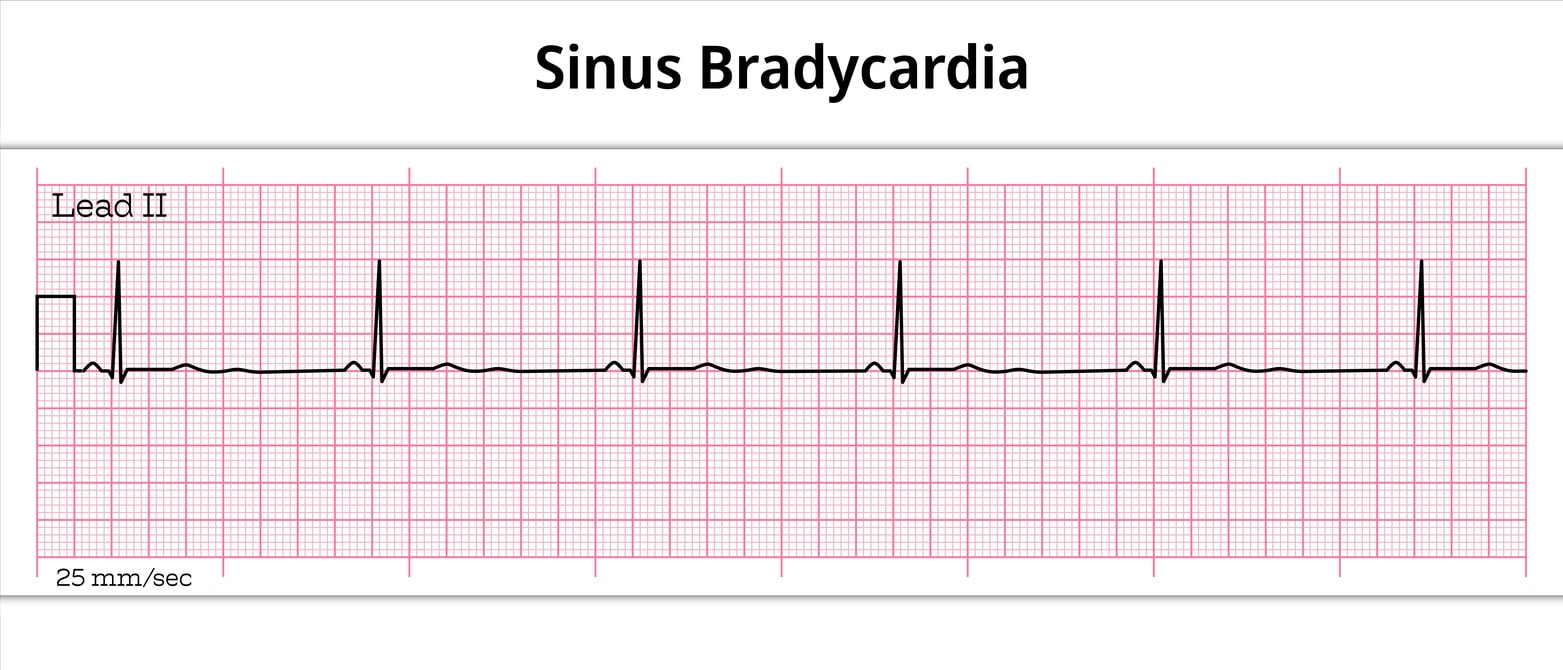

When someone shows signs of a stroke, every second counts. A swift and accurate response can make a massive difference in their recovery. This is where a suspected stroke algorithm becomes essential. It’s a clear, step-by-step guide that helps first responders and healthcare professionals quickly assess a person and start the right care.
Understanding the stroke algorithm is not just for medical professionals. Anyone can learn the basics, which can empower you to act confidently in an emergency. The goal is to get the patient to the right facility as fast as possible, because when it comes to a stroke, time is brain.
Before we explore the algorithm, let’s quickly review what a stroke is. A stroke happens when the blood supply to part of the brain is cut off. Without blood, brain cells are deprived of oxygen and start to die. This can lead to lasting brain damage, long-term disability, or even death.
There are two main types of strokes:
Recognizing the signs of a stroke and acting quickly is the best way to improve a person’s chances of a good outcome.
The suspected stroke algorithm is a structured protocol designed for pre-hospital and emergency settings. It ensures that potential stroke patients are identified quickly and managed appropriately. While different organizations might have slightly different versions, the core steps are consistent and based on widely recognized assessment tools.
The first step is to recognize the common signs of a stroke. The BE-FAST acronym is a simple and effective tool for this. It prompts you to check for specific symptoms:
This initial check is the starting point of the suspected stroke algorithm. A positive finding for any of these signs should trigger an emergency response.
Once EMS arrives, they continue the assessment and begin critical pre-hospital care. Their actions are guided by the algorithm to ensure nothing is missed.
When the patient arrives at the hospital, the stroke team takes over. The algorithm ensures a seamless transition and rapid evaluation.
Based on the CT scan results and the patient’s condition, the team decides on the best course of action.
The goal is to administer treatment as quickly as possible. For tPA, the target is “door-to-needle” time of 60 minutes or less.
The suspected stroke algorithm provides a standardized, efficient, and evidence-based approach to stroke care.
Knowing the signs of a stroke and the basic steps of the suspected stroke algorithm can empower you to save a life. At Safety Training Seminars, we believe that everyone should be equipped with life-saving skills. Our courses, like Basic Life Support (BLS) and Advanced Cardiovascular Life Support (ACLS), cover stroke recognition and management in detail.
Our training is aligned with the latest American Heart Association guidelines, ensuring you receive the most current and effective education. With over 70 locations throughout California and a flexible blend of online learning and in-person skills sessions, getting certified has never been more convenient. We provide a supportive environment where you can learn and practice these critical skills. If you’re ready to build your confidence and be prepared for an emergency, we encourage you to book a course with us today.